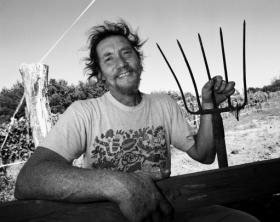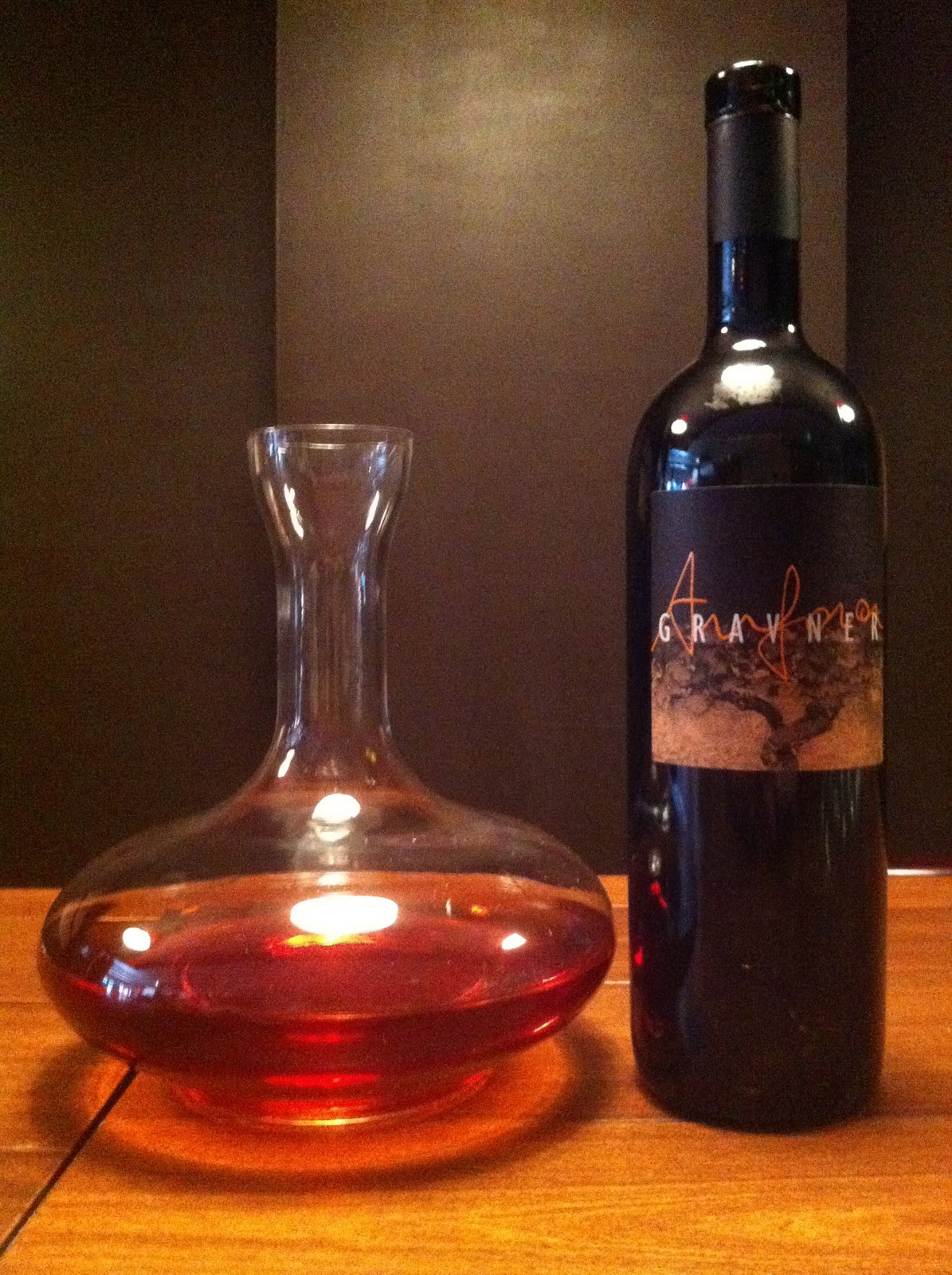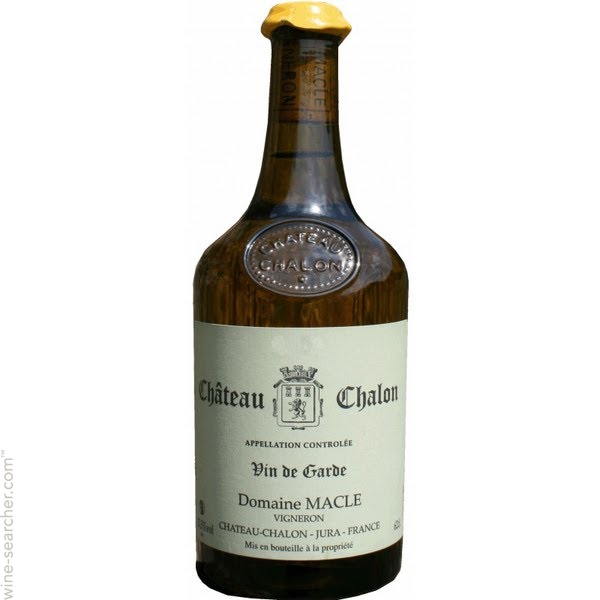Networking with O2
When I let go of what I am, I become what I might be ~ Lao Tzu
Only those who will risk going too far can possibly find out how far one can go ~ T. S. Eliot

We speak confidently about faults and flaws and yet these are not cut-and-dried issues. Wines that are truly oxidised (maderised, if white) are dying the moment they hit the glass. They are brown, rusty, musty and lifeless. Or weary, stale, flat and unprofitable, if you feel like quoting Hamlet. Wines where oxygen is a factor in the elevage – either overtly (think of the rancio Banyuls and Maurys of the Roussillon, traditional yellow wines from Jura, Oloroso from Jerez, Madeira, Marsala and classic Vernaccia di Oristano), or more subtly, (think Loire Chenin, Chateau Musar Blanc, Med whites aged in demi-muids or foudres, and northern Italian whites and Istrian wines with a certain amount of skin contact) – not only last, but improve over the course of time. Whilst I may enjoy uncomplicated fresh wines – they are as snapshots of bright fruit – I also appreciate the profound qualities of oxidative wines which are like paintings with a rich impasto of texture.
Yes, oxygen contact may confer fascinating secondary notes and layers of vinous flavour – it can soften and enrich the wine and bring forth aromas of honey, truffle, walnut, cooked pastry, humus, spice and toast, those seductively complex integral liaisons of smell and flavour that persuade one to return over the period of several days and discover something new in every sniff and slurp.

Yesterday, I drank a beautiful natural wine that was fresh, utterly vibrant and charming beyond belief. Throbbing with health the flavours were clean and crunchy, the palate full of sap and zip with a trace of graphite minerality bringing the wine to an exhilarating close. This was real grapes-to-bottle stuff sans funk. This was an oxidative, low-sulphur wine. Cue reeling and writing and fainting in coils from sceptics. Yet I would venture that no-one would find such a wine remotely objectionable, and once enough people acknowledge that natural low-intervention wines are not only not “off”, but can be deliciously flavoursome, then we will have advanced the tenor of the debate.
Stefano Bellotti explains how this might be achieved.
“The other way we can do without sulphites is following the natural way of wine making using “managed oxidation” where oxidation is no longer viewed as a monster to fight but as a friendly component of wine. But this is only possible when using grapes of excellent quality. No yeasts, no enzymes, no vitamins, no salts. A natural fermentation and a careful use of lees. Lees contain many colloids that have an anti-oxidant and protective function but to do so, one needs to vinify in wood and that entails more effort and higher costs.

By using this method I have always produced red wines with no sulphites and a guaranteed stability of decades and lately I have also managed to produce white wines with no sulphites added that not only they are stable, but have – if anything – the opposite problem: they need a couple of years in a bottle to reach optimum harmony, a quality that they will maintain for several years thereafter.”

“Reaching harmony.” Slow and fluidic elevage yields wines that are not fixed fruit-bombs instead unveiling their personality by degrees. Mutability, in my book, is to be celebrated – glasses one to five give you a thoroughly different experience as the wine moves and changes shape. Oxygen aids this process – a wine may not be oxidised if the addition of air enables it to articulate its nuances rather than rudely terminating the fruit. Yes, it serves as a kind of “inoxulation”.
Decent Exposure
Meanwhile, numerous misconceptions abound about low-sulphur wines. One is that they can’t age because, deficient in sulphur preservative, they are unarmed to combat the process of natural decay. Whilst it is true that some wines are intended to be drunk in the freshness of youth (and are usually protected during their vinification by a layer of CO2), others have the wherewithal to last, having an in-built defence mechanism against oxidising: one thinks of wines made by Giulio Armani, Dario Princic, Frank Cornelissen, Josko Gravner, Stanko Radikon and Emmanuel Houillon to name but a few. As difficult and ornery as the wines may be when first poured, exposing them to air usually reanimates them. First impressions are not always reliable either. I can adduce numerous examples of wines that most experienced tasters would logically write off as undrinkable, which, after a day – or three days – or five –find their natural balance. The proof of this particular counter-intuitive pudding is in the tasting. The wines are living things that evolve in their own time. It is often said that what doesn’t kill them makes them stronger. In these cases, due to O2, they have constitutions as strong as an ox.

The most obvious examples are to be found in the Jura where vignerons may either “top up” their wines or leave them to age under a veil of yeast. Because Jura is the spiritual home of the sous-voile style, and because these wines can age for decades, they are rightly cherished. Nevertheless, certain cognoscenti notwithstanding, they (the wines) are often seen as quaint ’n’ quirky period pieces.
Ox in and out of the box
What quirky wines! Cut yourself some nutty nutty slack and, if you’re suffering sotolon deficiency, pour yourself some liquid fenugreek…’ If you like your Savagnin or Chardonnay to have that sensation of “jaune” ne sais quoi, from a sojourn under a yeasty veil, you’ll love the uncompromising earthiness of these Jurassic wines. At just 50 hectares Château Chalon is home to the extraordinary Vin Jaune (“yellow wine”), made from the Savagnin varietal. The grapes are harvested late and then aged in small oak barrels for a minimum of 6 years and 3 months (although some producers age their Vin Jaune for up to 10 years in barrel). The slightly porous oak barrels are, by design, not completely airtight, and a considerable portion – nearly 40% – of the wine therefore evaporates over the years (the so-called “angels’ share”). No topping up is done. A thick layer of flor yeast, known as the voile or veil, looking like a white foam, develops on the surface of the wine and helps prevent excessive oxidation. This ageing method, similar to that used for fino sherry in Spain, but in France specific to the Jura (and Gaillac to a lesser extent), allows the wine to acquire its distinct flavours, characteristic of walnut, almond, spice and apple, before release. This remarkable dry wine, at its best immensely complex and very aromatic, is best appreciated after at least 10-15 years in bottle and has the ability, in good vintages, to age for a century or more.

How to describe a typical Château Chalon? Green walnut, caraway, fenugreek seed, pickled ginger jostle for attention with a hint of medlar segueing into peanut brittle and salted caramel. The finish is taut, verging on stony-metallic with gripping lemon-grazed acidity and an amazing nuttiness that reverberates around the palate for such a long time. If Chateau-Chalon were a book it would be A La Recherche du Temps Perdu.
To be continued in Part Two…stay tuned!


Pingback: Feeding the Ox – A Celebration of Oxidation: Part Two
Pingback: Wine News 24 June to 1 July | winetuned